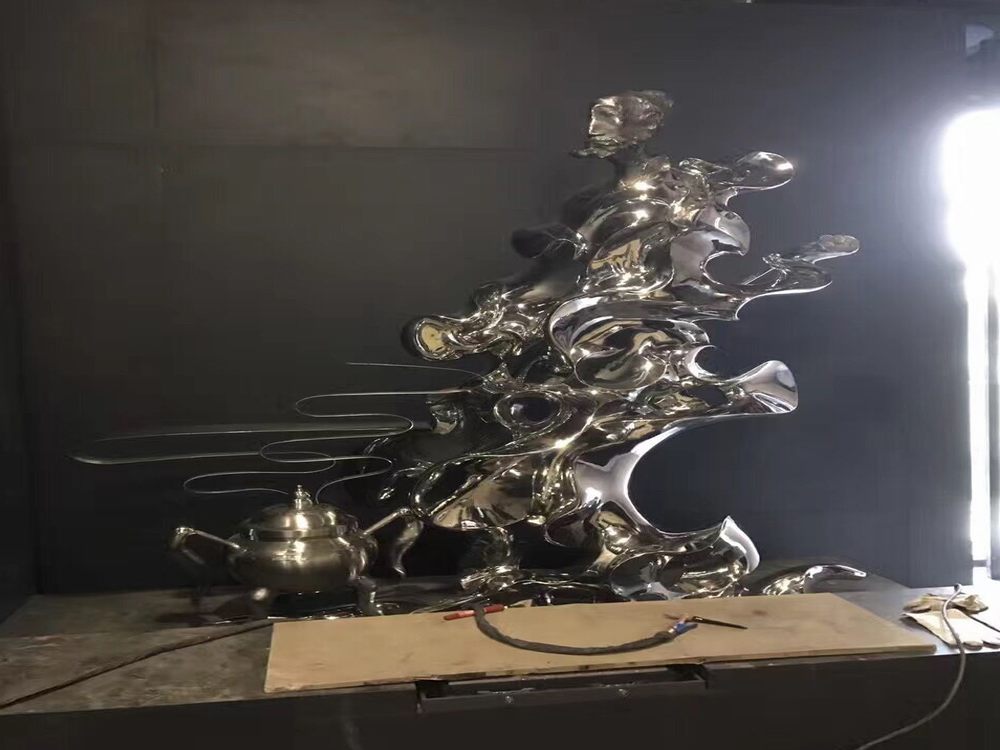
Creating the illusion of floating or suspended elements in metal artworks is a fascinating blend of artistry and engineering. Sculptors employ several advanced techniques to achieve this mesmerizing effect, often leaving viewers in awe of the seemingly gravity-defying pieces.
One common method involves the use of hidden supports. Artists carefully design internal armatures or thin, nearly invisible rods that anchor floating components to the main structure. These supports are strategically placed to minimize visibility while providing crucial stability. The metal's reflective properties often help camouflage these connections.
Another technique relies on precise weight distribution and balance. By calculating the center of gravity and using counterweights, sculptors can make certain elements appear to float independently. This approach requires meticulous planning during the design phase and exact execution during fabrication.
Some artists create optical illusions through clever composition. By arranging elements in specific configurations that play with perspective, they trick the eye into perceiving suspension where none physically exists. This method often works particularly well when viewing the sculpture from predetermined angles.
Advanced welding and joining techniques also play a crucial role. Nearly seamless connections between elements can create the impression that components are magically suspended. Modern metalworking tools allow for incredibly precise joins that maintain structural integrity while remaining visually subtle.
The choice of materials significantly impacts these illusions. Lightweight metals like aluminum or carefully hollowed forms can enhance the floating appearance. Some artists combine metals with transparent materials like glass or acrylic to reinforce the suspension effect.
Contemporary sculptors continue pushing boundaries with new technologies. Some incorporate magnets or tension systems to achieve even more dramatic floating effects, while others experiment with kinetic elements that move, further enhancing the illusion of weightlessness.
These techniques demonstrate how metal sculpture transcends traditional boundaries, merging technical precision with creative vision to produce artworks that challenge our perceptions of gravity and form.

